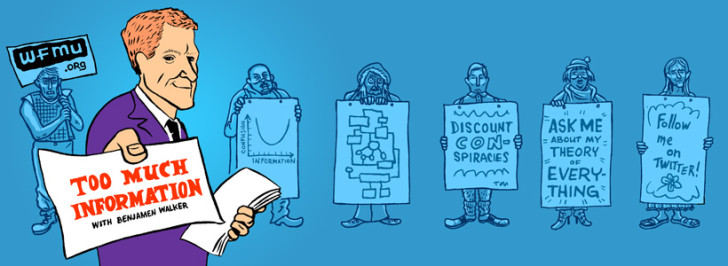In a recent piece from Urban Omnibus, Vishaan Chakrabarti (Professor at the Graduate School for Architecture, Planning and Preservation at Columbia University), wrote about how urban open spaces contribute to political change:
Public spaces like Tompkins Square, Tiananmen Square and Tahrir Square have been stages for history because they provide the loci for urban gathering, particularly for a city’s youth. After all, if the revolution is to be televised, from where else would it be broadcast? One could argue that without cities and the spaces they inspire, nations themselves would never change.
Host of WFMU’s Too Much Information, Benjamen Walker, took a walk with Chakrabarti down to Tompkins Square Park to talk about the past and present design of the space and how the layout has affected the public actions that have taken place there. Chakrabarti also relates this to the current protests in the Middle East. Twitter and Facebook may have had a significant role in organizing the protests, but if there is no place for everyone to gather, what possible change can result?
For you podcast listeners (and website streamers), I’ve also added a very 99% Invisible excerpt from Benjamen Walker’s brilliant radio program “Too Much Information.” This is a piece called “New York Dick” from the What A Difference Makes episode from Jan 17, 2011. Enjoy!
Along with The Memory Palace and Radiolab, Too Much Information is a huge influence on 99% Invisible. Benjamen Walker is the main reason why I thought dealing with largely visual art forms on the radio was even possible. Subscribe now.




Leave a Comment
Share